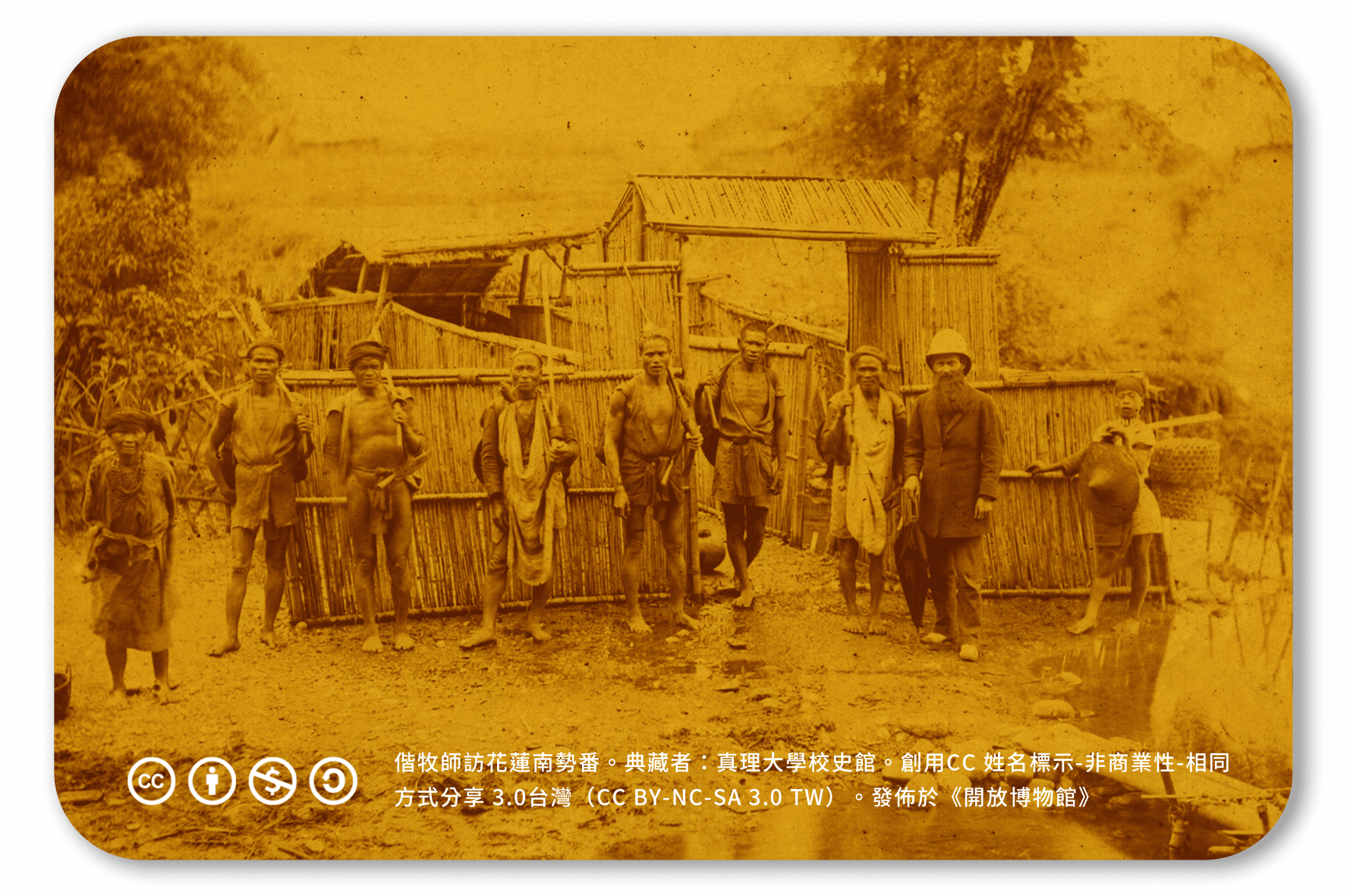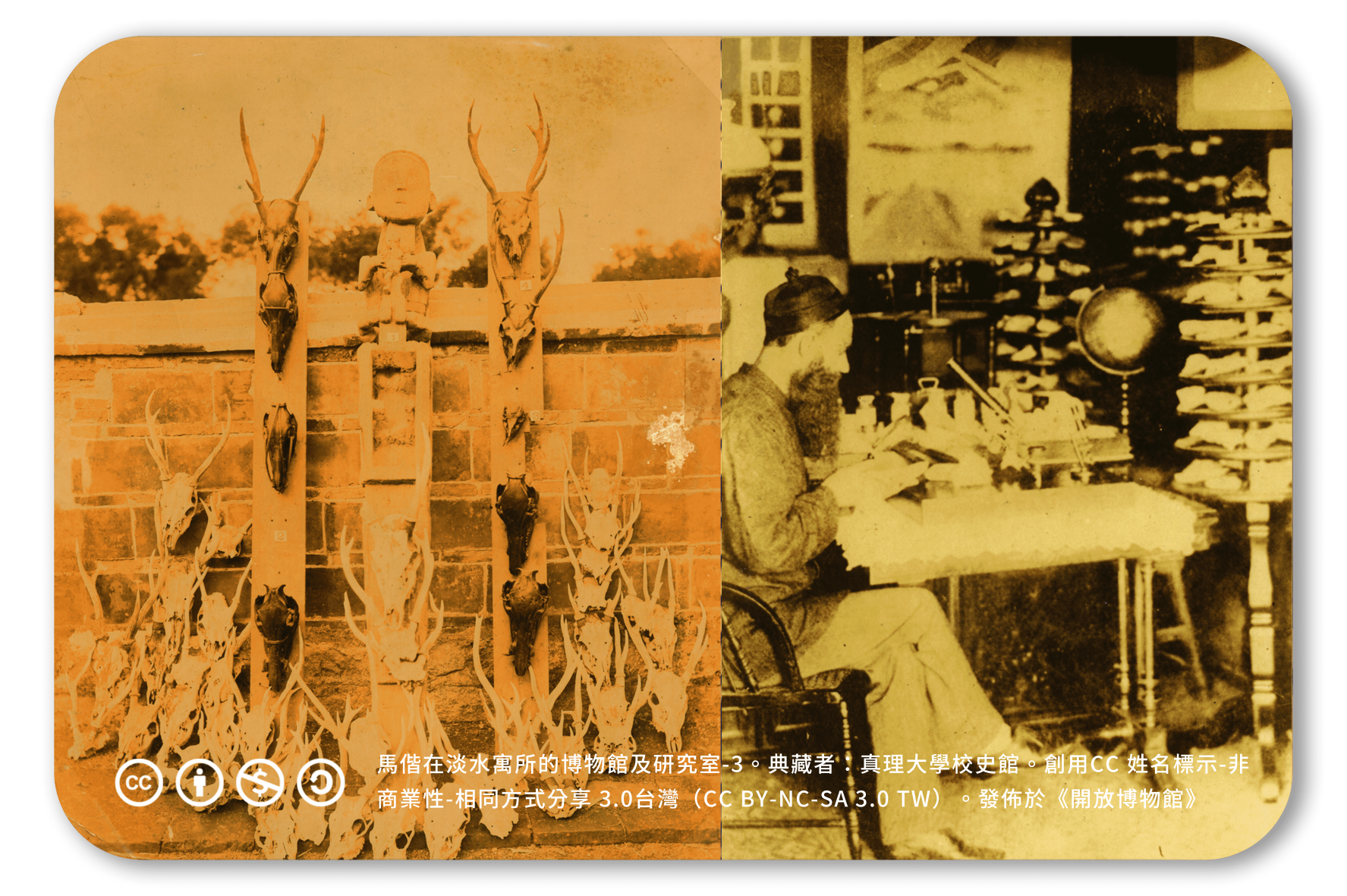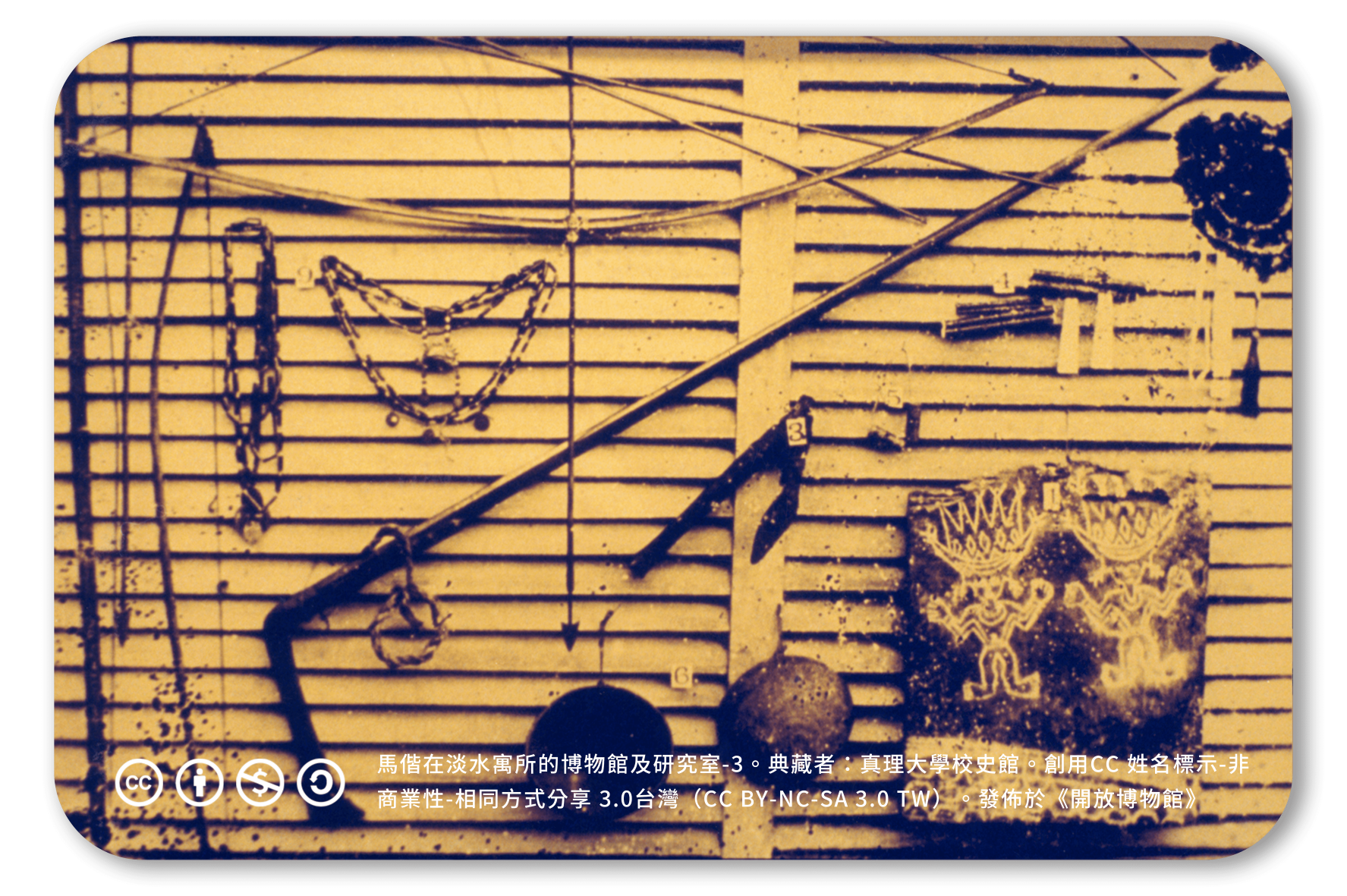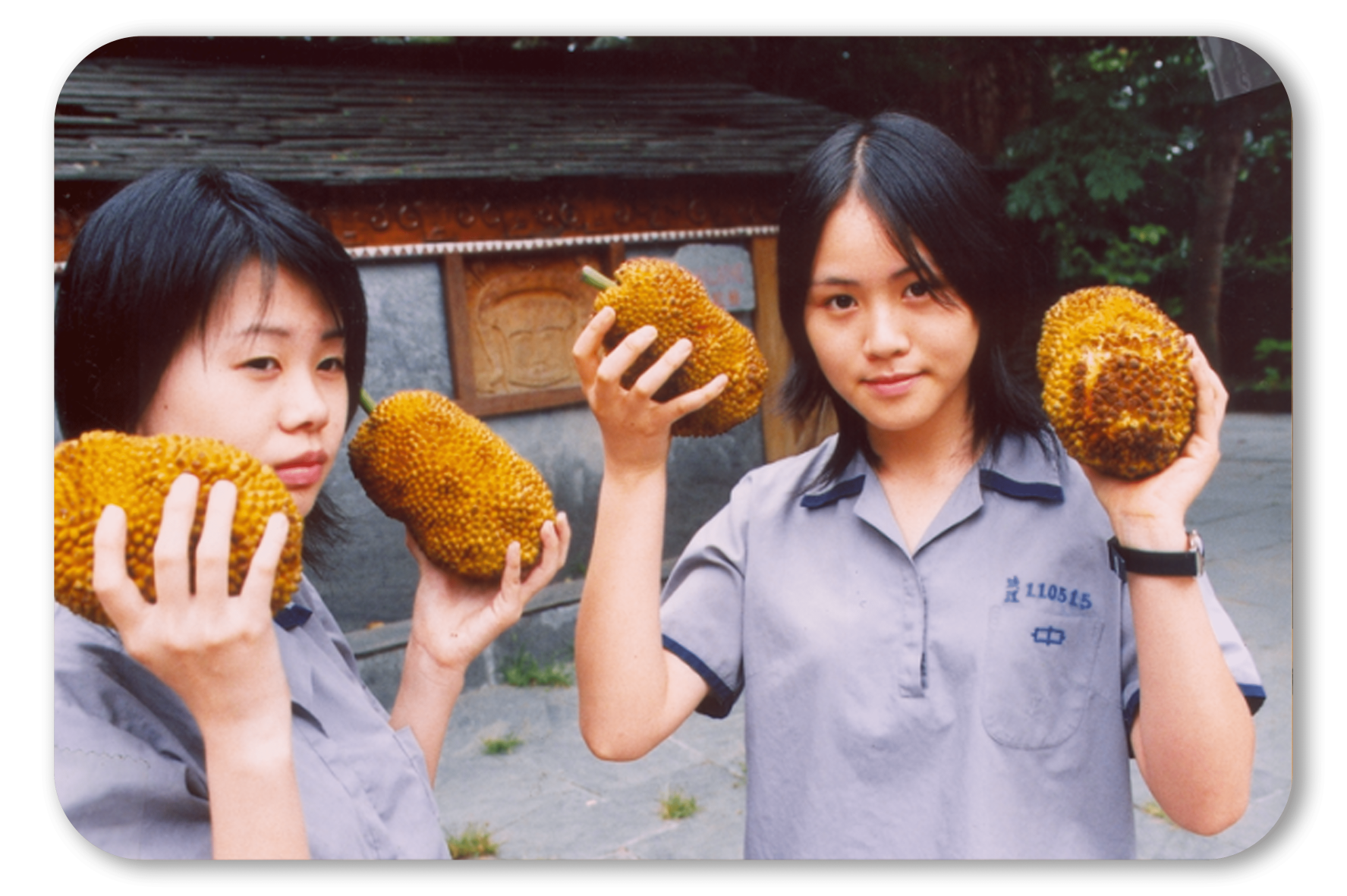Mackay and the Aborigines

▲ Mackay's interaction with Amis/Source:《Open Museum》
【Preamble】
Mackay was in Taiwan for many years, visited many places in Taiwan, and also saw many different customs and special cultures of various regions. To Mackay, the most memorable was when he went to the Atayal tribe as a guest, the tribe members served Mackay a bowl of soup, Mackay drank a mouthful and wonder that he had not drunk this taste before, so he asked the servant what it was, and the servant returned to him that it was the human head soup, Mackay was shocked. The mountain tribes at that time would cook the hunted head into the soup to enjoy. According to Mackay's diary, if the Han Chinese killed Atayal (Taiya), they would often take the victim's heart to eat, and then the body would be chopped and cooked, and the remaining internal organs and bones would be boiled into a panacea called "Native Paste", which was said to be a special medicine for malaria.
However, at that time, there were also Han Chinese people who believed that after eating the precious medicinal material of "Han Paste", it could have an invisible effect, so they were not afraid of being killed. Once, when Mackay and his classmates went to the Xingang Township to preach, Mackay's student Xu Rui was unfortunately killed by the aborigines.
【Mackay's interaction with the Pingpu people】
While practicing medicine and preaching, many Kavalan people who had originally accepted the Han way of life burned idols or ancestors, converted to Christianity, and thanked Mackay for everything he had done for the Kavalan people, and some tribesmen also took "Kay" as the Han surname, and the Kavalan people also gave Mackay many things, which were saved as collectibles by Mackay.

▲ Mackay's collection of Cultural Relics of Taiwanese Plains Indigenous Peoples/Source:《開放博物館》

▲ Mackay's collection of Cultural Relics of Taiwanese Plains Indigenous Peoples/Source:《開放博物館》
【Mackay's interaction with Amis】
This is the breadfruit tree planted by Mackay before he died, it was in 1890 when Mackay went to Hualien to preach, the local indigenous people " the Amis " (Ami) gave him its sapling tree which called " Bread Fruit Tree ", Mackay cherished it and brought it back to Tamsui to plant in his backyard, the breadfruit trees are seen at the top of the fort today and are all bred from it for hundreds of years, the breadfruit trees are not resistant to frost and cold, but they have maintained a fairly good growth condition since they were brought to Tamsui by Mackay, and they have been growing endlessly and flourishing for hundreds of years. In addition, there is also a breadfruit tree in front of the faculty of humanities of Aletheia University, which was planted here by the mother tree in 1903. This trunk is enough for two people to hug together, and there are male-shaped roots under it, which also bear fruits on time, which is a rare living teaching material.

▲ Tamkang students with bread trees/Source:《Open Museum》

Referring URL:Open Museum|Wikimedia Commons




